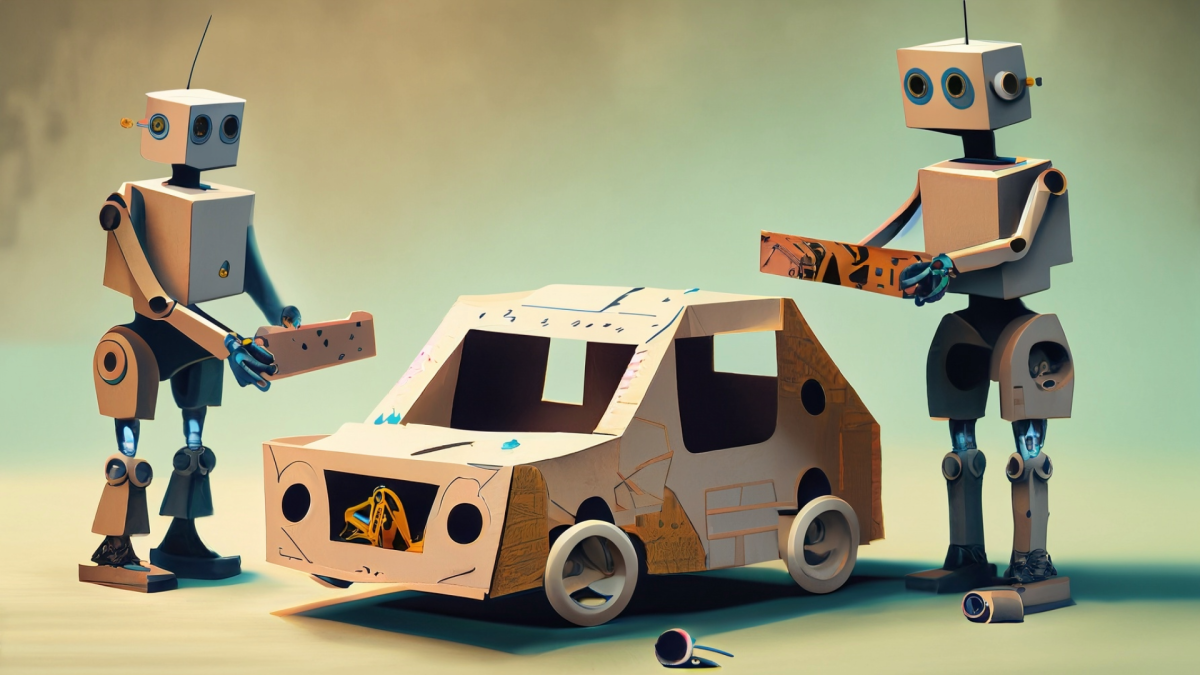Mixtures and Solutions: Students investigate how various mixtures can be separated. While making a mixture of salt and water, connections are made to global water supplies and the amount of fresh and
Students investigate the movement of electricity within a circuit and examine how a circuit can be used to power a device where electrical energy is transferred to complete a task by making wobble
This lesson is intended to build on existing knowledge about a previously learned topic. Students should already know about and be able to apply specific information about a bird species based on a
Students will engineer a game with rules and directions to help understand and practice proportional ratios with as little material needed as possible.
In this lesson, students will build irregular figures using Magna-Tiles. Students will collaborate, discuss, and debate with peers to find multiple ways to calculate the volume and surface areas of
This two-part lesson models STEM instruction in the context of an ELD classroom. In this lesson (part 2), students pose a research question about clouds, weather, and/or climate, and address it with
Students will learn about the atmosphere and what causes it to form layers. Then, students will identify how the atmosphere interacts with the geosphere, hydrosphere, and biosphere. Students design an
7th Grade students will apply what they have learned about electricity and magnetism to understand electromagnets. Students will explore electromagnets and investigate the factors that affect the
This is a 7th grade Science and Math lesson about how energy flows through a circuit. Students investigate variables that affect the strength of the electrical fields.
This hands-on lesson engages students by having them give each other instructions to complete a task. They read about coding and code for a Sphero bot to navigate a course using math to calculate
This engaging lesson is an introductory lesson regarding the size and scale of the Universe and objects within. This was designed for high school Astronomy but is easily useable with ages down through
This two-part lesson models STEM instruction in the context of an ELD classroom. In part 1 (this lesson), the goal is to promote scientific academic discourse in an ELD classroom. Students use a
In this health-related lesson, students will understand the significance of handwashing, be familiar with the proper handwashing techniques, and recognize the positive impact it has on personal and
In this engaging lesson, students use their knowledge from the 2 previous lessons to design, draw blueprints, and build a load bearing bridge. Link to view all lessons is included!
In this engaging lesson, students explore different types of bridges and then practice building them with K'Nex sets. This is the 1st lesson in a series of 3. Link to view all lessons and helpful
Hoop Gliders: Day 4
Students will follow the Engineering Design Process to create a hoop glider out of straws and index cards and explore the forces of flight. Students will work on the 4Cs skills as they work together
Students will follow the Engineering Design Process to create a hoop glider out of straws and index cards and explore the forces of flight. Students will work on the 4Cs skills as they work together
Students will follow the Engineering Design Process to create a hoop glider out of straws and index cards and explore the forces of flight. Students will work on the 4Cs skills as they work together
Students will follow the Engineering Design Process to create a hoop glider out of straws and index cards and explore the forces of flight. Students will work on the 4Cs skills as they work together
In this hands-on lesson, students explore designing bridge prototypes with spaghetti to find weak points and redesign a new prototype. This is the 2nd lesson in a series of 3.
It's LEGO time! In this hands-on lesson, students design robot cars that can park themselves safely without driver intervention. This can be done with LEGO EV3 or Spike Prime robots. Let the challenge
In this hands-on lesson, students will work in groups of 3 and experiment with light on plants to explain photosynthesis. They will conduct this experiment over the course of 3 to 4 weeks. With data
This lesson is designed for students to explore the idea of natural selection using a popular food item: goldfish crackers! Students explore the idea that populations of organisms can be affected by
This lesson gives students an opportunity to apply the concept of measuring to a real world experience of measuring plant growth over time.
Featured Lesson Plans
Check out these notable lesson plans.


Eggcellent Car Race

